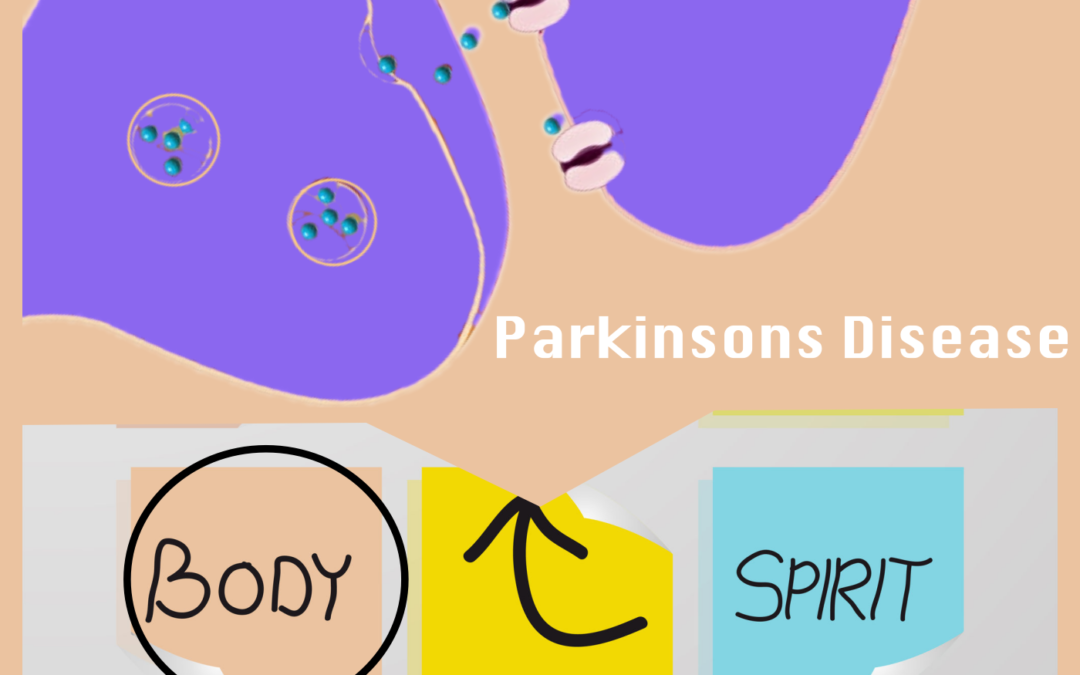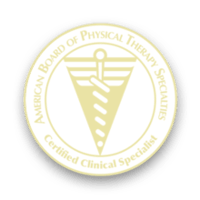Low back pain is very common in those who live with Parkinson Disease (PD). This occurs because of the movement and posture problems associated with the loss of dopamine (which occurs in patients who have been diagnosed with Parkinson Disease). If you have Parkinson Disease and also suffer from low back pain, it is important to understand why your pain is DIFFERENT then a person with low back pain who DOES NOT have Parkinson Disease and the best treatment to regain pain free movement
What makes low back pain different in people who are living with Parkinson Disease?
A doctor may see on an MRI that you have spinal stenosis and quickly relate your low back pain to spinal stenosis and WORSE recommend surgery. This may not be the case. If your pain started around the time that family and friends started to notice changes in your posture and movement, MAY NOT BENEFIT FROM SURGERY.
What Makes Low Back Pain Different?
First, lets review problems that occur as a result of loss of dopamine
Rigid Muscles
Forward flexed posture
Shuffle Gait
How can the loss of dopamine be the cause of low back pain?
Forward flexed posture puts more stress on the low back muscle causing them to ache
Rigid muscle created resistance when moving. When the muscle in the hips and thighs are rigid, this creates resistance when stepping forward during normal walking
During normal walking, striking the heel first, allows us to continue forward momentum into the next step. Shuffle gait causes your toes to strike the ground first stopping forward momentum. Every time the toe strikes and this “stop in forward momentum occurs”, the muscles in the back must stop the forward momentum of the trunk in order to prevent you from falling forward.
Why is Physical Therapy the BEST treatment?
Physical Therapy will focus on increasing movement size which can eliminate the shuffle gait and also create less resistance with movement caused from the muscle rigidity.
Physical Therapy will also work on retraining your posture. Regaining a more upright posture will allow you to return to pain free movement.



